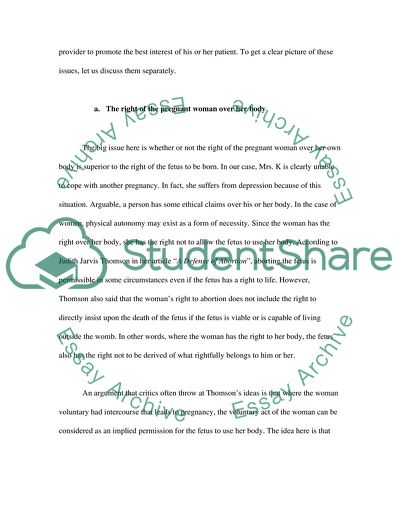Cite this document
(A Situational Analysis of the Ethical Issue of Abortion and the Assignment, n.d.)
A Situational Analysis of the Ethical Issue of Abortion and the Assignment. Retrieved from https://studentshare.org/social-science/1732481-a-written-analysis-of-the-ethical-dilemma
A Situational Analysis of the Ethical Issue of Abortion and the Assignment. Retrieved from https://studentshare.org/social-science/1732481-a-written-analysis-of-the-ethical-dilemma
(A Situational Analysis of the Ethical Issue of Abortion and the Assignment)
A Situational Analysis of the Ethical Issue of Abortion and the Assignment. https://studentshare.org/social-science/1732481-a-written-analysis-of-the-ethical-dilemma.
A Situational Analysis of the Ethical Issue of Abortion and the Assignment. https://studentshare.org/social-science/1732481-a-written-analysis-of-the-ethical-dilemma.
“A Situational Analysis of the Ethical Issue of Abortion and the Assignment”, n.d. https://studentshare.org/social-science/1732481-a-written-analysis-of-the-ethical-dilemma.


